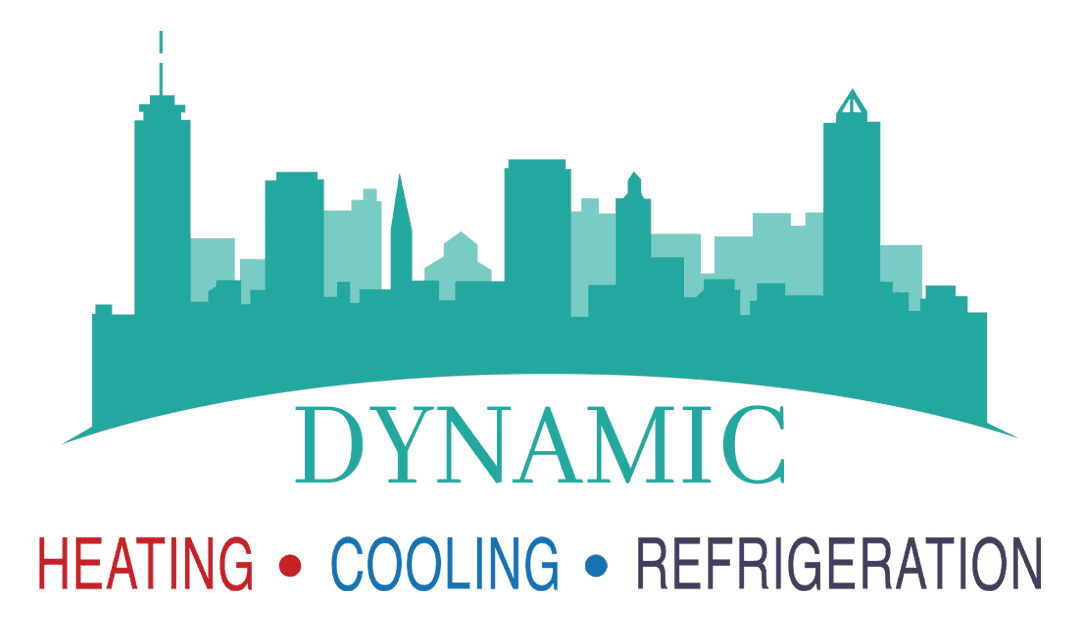Select SEER Ratings
- 1.5
- 2
- 2.5
- 3
- 3.5
- 4
- 4.5
- 5
The national average of electric energy costs is $0.14 per kw hour.
The national average of unit operation is roughly 2100 hours annually.
Operating Cost & Saving
0 SEER vs 0 SEER, on a 0 Ton HVAC system.
| Annual Savings | |
| Existing Annual Cost: | $0 |
| New Annual Cost: | $0 |
| Total Annual Savings: | $0 |
| Lifetime Savings (20 years) | |
| Existing Lifetime Cost: | $0 |
| New Lifetime Cost: | $0 |
| Total Lifetime Savings: | $0 |
<iframe src=”https://dynamicheatandcool.ca/seer-efficiency-savings-calculator-embed/” style=”border:0px #ffffff none;” name=”SEER Rating Calculator” scrolling=”yes” frameborder=”1″ marginheight=”0px” marginwidth=”0px” height=”1090px” width=”650px” allowfullscreen></iframe>
What is a SEER Rating?
SEER (Seasonal Energy Efficiency Ratio) measures the cooling efficiency of HVAC systems. Higher SEER ratings indicate greater energy efficiency and can significantly reduce your energy bills while providing the same cooling capacity.- Benefits of Higher SEER Ratings
- Energy & Cost Savings
- Enhanced Comfort
- Longer Lifespan
- Incentives
- Reduced Maintenance
- Future-Proofing
Remember, the specific benefits may vary depending on your individual circumstances, climate, and the specific HVAC system you choose.
It’s recommended to consult with an HVAC professional who can assess your needs and provide personalized recommendations.
Dynamic Heating and Cooling’s highly-rated HVAC technicians work closely with you to determine the optimal SEER rating that strikes the perfect balance between your home’s cooling needs, size, and budget.
By considering factors such as energy efficiency, long-term savings, and your specific requirements, they ensure you find the sweet spot SEER rating that maximizes your long-term savings while delivering exceptional performance and comfort.
How SEER Rating Saves Money
A higher SEER rating saves you money by reducing energy consumption. Let’s say you upgrade from an older 9 SEER-rated system to a more efficient 16 SEER-rated system. With the annual cooling costs previously around $1,500, the upgraded system could potentially save you around 40% on your energy bills.
This means you could save approximately $450 annually. Over time, these savings accumulate, resulting in substantial long-term cost savings, especially considering the lifespan of an HVAC system.
Importance of Correct Sizing and Efficiency
Proper sizing and efficiency are crucial factors for optimal performance and energy savings. An undersized unit struggles to cool your home effectively, working harder and consuming more energy in the process. Conversely, an oversized unit may cycle on and off frequently, leading to inefficient operation and wasted energy.
By conducting a thorough assessment of your home’s cooling requirements, a skilled technician can ensure the correct sizing and recommend a system with an appropriate SEER rating. This results in improved efficiency, enhanced comfort, and better long-term savings.
Additional Energy-Saving Tips:
In addition to upgrading to a higher SEER-rated system, there are several other energy-saving tips to consider. Improving insulation throughout your home reduces heat transfer and decreases the workload on your HVAC system, resulting in lower energy consumption. Sealing air leaks in windows, doors, and ductwork helps maintain a more efficient cooling environment.
Regular professional maintenance, such as cleaning coils and replacing air filters, ensures your system operates at its best, maximizing energy efficiency.
5 Things to Consider when choosing a SEER Rating
- Climate: Take into account the climate in your region. Warmer climates can benefit from higher SEER rating to efficiently cool.
- Energy Savings: Evaluate the potential energy savings offered by your current SEER rating vs a new units SEER ratings.
- Long-Term Cost Savings: Calculate the long-term cost savings associated with upgrading to different SEER ratings, factoring in energy savings.
- Rebates and Incentives: Research any available rebates, incentives, or tax credits offered by utility companies or government programs for HVAC systems with specific SEER ratings.
- Professional Advice: An HVAC technician can assess your home’s requirements and provide recommendations on the most suitable SEER rating for efficiency and performance.
